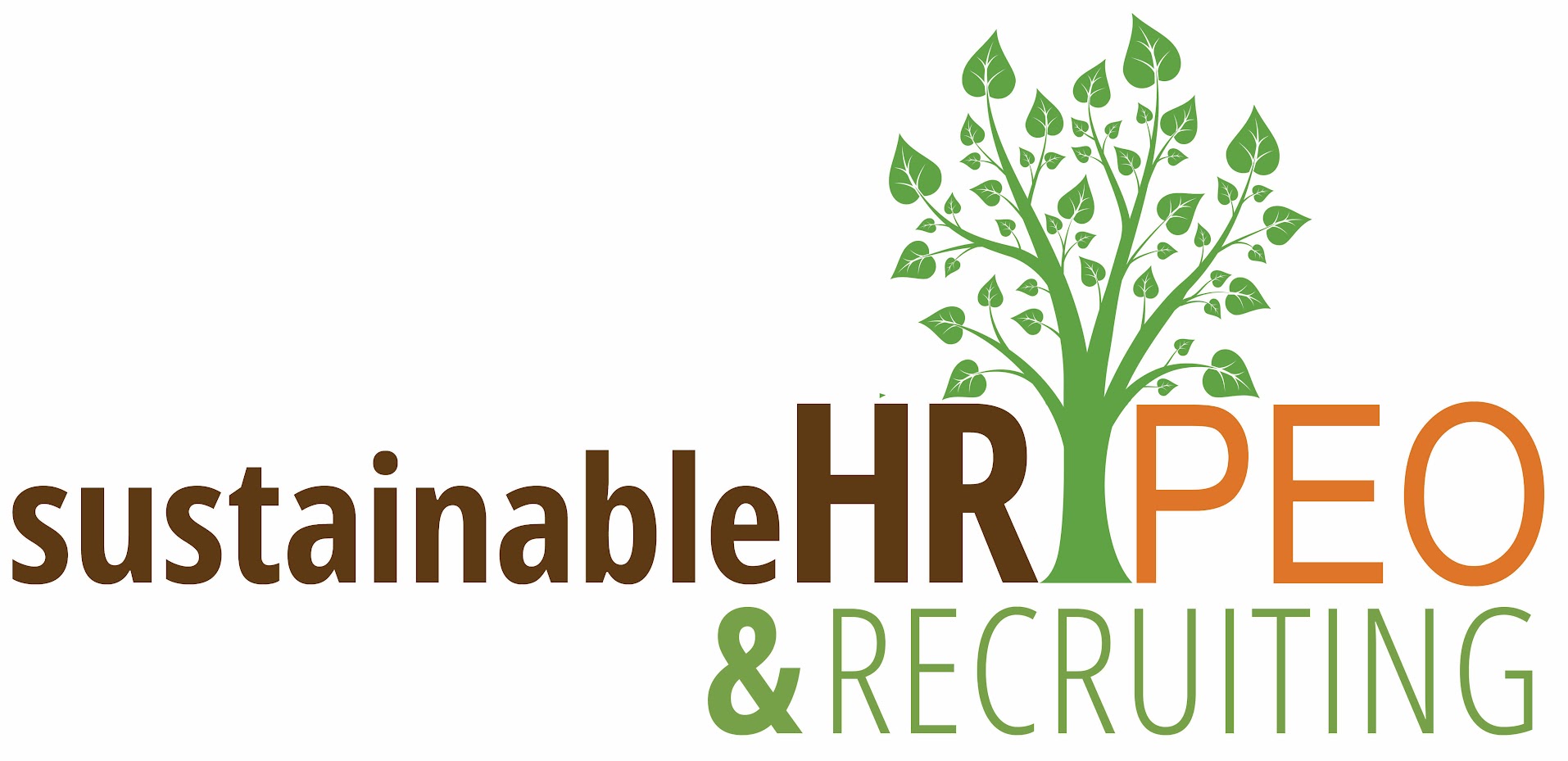In today’s competitive business environment, every hiring decision can make or break a company. While finding the right candidate can propel a business forward, a bad hire can have significant consequences especially in Wisconsin’s tight-knit business community. From financial losses to damage to team morale, bad hires can disrupt everything from productivity to company culture.
Let’s dive into the costly impact of making a bad hire and explore how Wisconsin businesses can avoid this common pitfall.
The Financial Impact: More Than Just the Salary
One of the most immediate consequences of a bad hire is the financial toll it takes on the company. It’s easy to think of hiring as a simple transaction: you pay someone a salary, and they work for you. But the reality is much more complex.
Direct Costs
First, there are the recruitment expenses. Posting job ads, reviewing resumes, conducting interviews, and performing background checks all require time, effort, and money. If the hire doesn’t work out, those resources are wasted.
Then, there’s the training investment. Even if the new employee was a strong candidate on paper, there’s still the cost of onboarding them into your company’s systems, culture, and workflow. If they end up leaving or being terminated, all that training goes down the drain.
Severance and legal fees also play a role. Let’s say the hire doesn’t fit, and you decide to part ways. Severance packages, unemployment claims, and potential legal disputes all add extra costs, making what seemed like a straightforward hire into a financial burden.
Indirect Costs
In addition to the direct expenses, there are indirect costs that can be even harder to quantify. One of the most significant is the lost productivity. A new employee takes time to get up to speed, and during that period, they’re not fully contributing to the company’s goals. This can create gaps in productivity that affect overall business performance.
A bad hire can also place a strain on the rest of your team. Team performance suffers when employees are forced to pick up the slack or work around someone who isn’t pulling their weight. The time spent managing a poor performer or covering for them could be better used focusing on growth and innovation.
Operational Challenges: Delays and Disruptions
When a bad hire enters the picture, it doesn’t just impact their individual performance—it creates operational challenges for the entire company.
A bad hire can cause workflow disruptions. If an employee doesn’t understand the processes, doesn’t fit with the team, or needs constant supervision, it can slow everything down. This puts a strain on other employees who must compensate for these disruptions, leading to inefficiencies and delays in project timelines.
Additionally, a bad hire can drain company resources. Managers and HR teams spend time addressing performance issues, implementing corrective actions, or even re-hiring for the same role. These actions take away focus from more strategic tasks, like client acquisition or product development, ultimately impacting long-term business goals.
Impact on Company Culture: The Ripple Effect
A bad hire doesn’t just impact numbers and workflows. It can ripple through your company’s culture.
Employee Morale
When employees are forced to work alongside someone who isn’t meeting expectations, it can negatively affect their job satisfaction. When a poor hire remains in the organization, it can foster feelings of frustration and resentment among other team members. This erosion of morale can lead to higher turnover rates, making it even harder to build a cohesive and effective team.
Team Dynamics
In addition to lowered morale, a bad hire can disrupt team dynamics. Workplaces thrive on collaboration, but when one employee is disruptive or disengaged, it can affect communication, trust, and overall team cohesion. Poor relationships or personality clashes can lead to conflicts that can take months to resolve, further hampering the productivity of the team.
Reputational Risks: Clients and Potential Hires Take Notice
The impact of a bad hire extends beyond internal operations. It can affect how the business is perceived in the marketplace.
Client Perception
Clients are sensitive to the internal workings of the companies they work with. If a bad hire results in poor service, missed deadlines, or lackluster quality, your clients will take notice. In a competitive market like Wisconsin, where businesses often rely on local networks, any negative experiences can quickly damage your reputation and lead to lost business opportunities.
Market Position
Finally, a bad hire can hinder your ability to attract top talent in the future. Word spreads fast, and companies known for poor employee selection or internal turmoil struggle to draw in high-quality candidates. Without a strong team, your business will find it difficult to remain competitive in the market.
How to Avoid the Costs of Bad Hires
While mistakes happen, businesses can take proactive steps to minimize the risk of making a bad hire. Here are some key strategies to help prevent these costly mistakes:
- Clear Job Descriptions: Make sure job descriptions are well-defined and communicate the expectations for the role. A clear understanding of the responsibilities and required qualifications will help attract candidates who are genuinely suited for the position.
- Thorough Interview Process: Take the time to interview candidates thoroughly, asking both behavioral and technical questions to ensure they possess the necessary skills and cultural fit. This will help ensure the candidate can succeed in the role.
- Pre-Employment Assessments: Incorporating skills assessments and personality tests can help gauge a candidate’s abilities and compatibility with the team. This can offer more insights beyond just the resume and interview responses.
- Work with Recruiting Experts: For businesses that struggle with hiring or need additional expertise, working with a recruitment service can ensure that only the best candidates are considered. They bring industry knowledge and access to top talent, significantly reducing the chances of a bad hire.
How SustainableHR PEO & Recruiting Can Help with Recruiting
Bad hires are costly, but the good news is they can be avoided with the right recruiting strategy. SustainableHR PEO & Recruiting specializes in helping Wisconsin businesses find top-tier talent that aligns with their immediate job needs and long-term goals. Here’s how partnering with SustainableHR PEO & Recruiting can mitigate the risks of bad hires:
- Expert Recruiting Services: SustainableHR PEO & Recruiting matches candidates with the right skills and experiences to meet your business needs. With an extensive network and thorough vetting process, only the most qualified candidates are considered.
- Cultural Fit Assessment: Beyond qualifications, SustainableHR PEO & Recruiting evaluates candidates for cultural fit, ensuring they align with your business values and contribute to a positive work environment.
- Reduced Time-to-Hire: With a streamlined recruitment process, SustainableHR PEO & Recruiting speeds up hiring and onboarding, minimizing disruptions so businesses can focus on growth and innovation.
- Ongoing Support: The process doesn’t end when the candidate is hired. SustainableHR PEO & Recruiting offers ongoing support to ensure new hires succeed, reducing turnover and fostering long-term engagement.
By working with SustainableHR PEO & Recruiting, Wisconsin businesses can secure the right talent and avoid the costly consequences of bad hires.
Conclusion
The impact of a bad hire on a Wisconsin business can be costly, both financially and culturally. However, with a strategic approach to recruiting, these costly mistakes can be avoided. By partnering with SustainableHR PEO & Recruiting, a business can ensure the right talent is brought in, improve team dynamics, and foster long-term success.
To avoid the financial and operational setbacks of a bad hire, contact SustainableHR PEO & Recruiting today. Let the expert team help find the perfect fit for a business’s needs.




